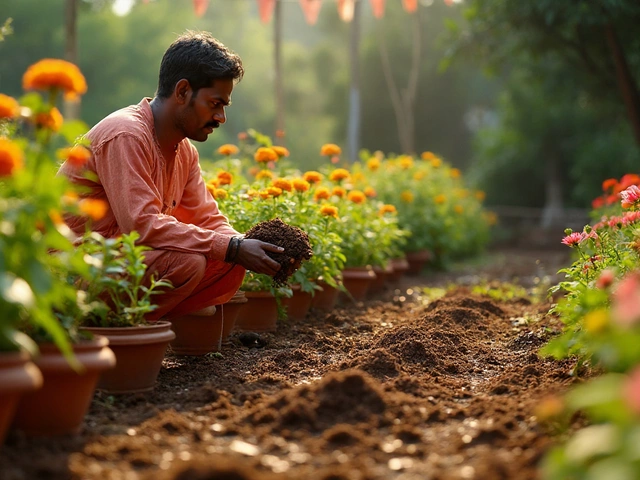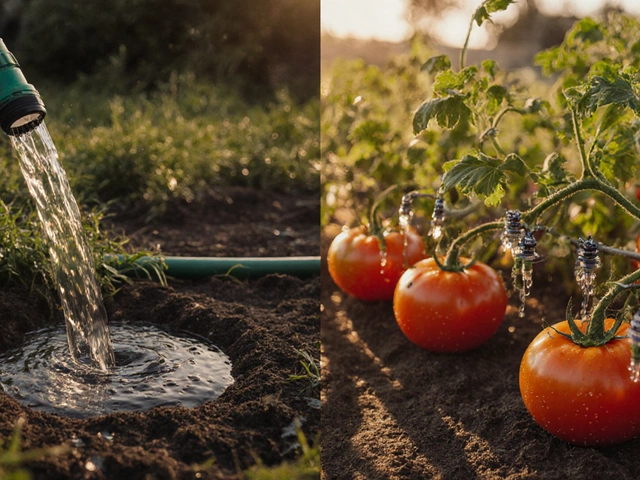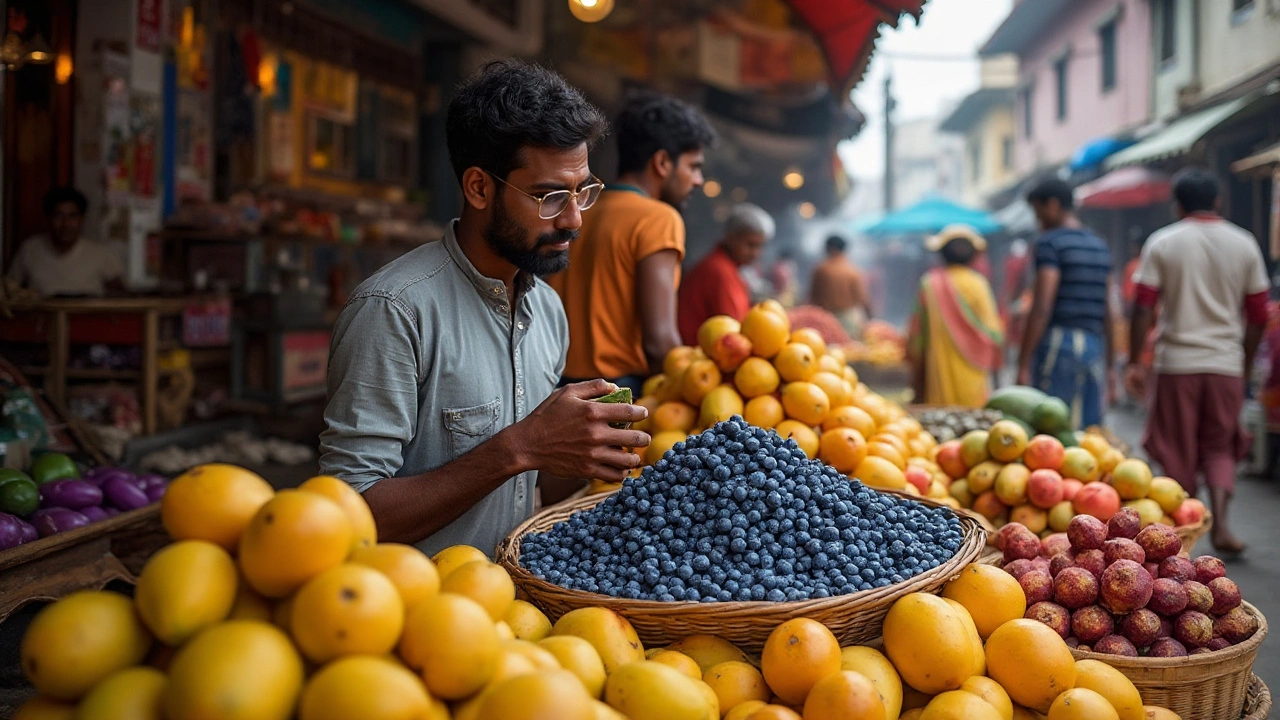Blueberries Price in India: What You Need to Know
Blueberries have become a pantry favourite, but many wonder how much they cost in India and why the price can swing so much. In this guide we break down the current price range, the reasons behind it, and where you can find good quality berries without overpaying.
Factors Influencing Blueberries Price in India
First, blueberries are not grown everywhere in India. The main farms are in Himachal Pradesh, Uttarakhand, and parts of the Northeast. When the season hits (usually November to March), local farms supply most of the market, and the price drops to around ₹200‑₹300 per kilogram. Outside the season, most berries come from imports – mainly the United States, Chile, and Mexico – and the price can climb to ₹500‑₹800 per kilogram.
Besides season, a few other things affect the cost:
- Quality grade: Premium organic berries fetch a higher price than regular ones.
- Packaging: Berries sold in sealed trays or vacuum packs cost more than bulk loose fruit.
- Transport distance: Importing fresh berries involves cold‑chain logistics, which adds to the final cost.
- Demand spikes: During festivals or health‑trend weeks, demand rises and sellers may raise prices.
Understanding these factors helps you spot a good deal. If you see a price well below the typical range during off‑season, check the freshness – the berries may be older or frozen.
Best Places to Buy Fresh Blueberries
Now that you know why prices vary, let’s talk about where to actually buy them. Here are the top options for Indian shoppers:
- Local supermarkets: Chains like Big Bazaar, Reliance Fresh, and Nature’s Basket often stock locally grown berries in winter. Their prices are close to the market rate, and you can see the fruit before buying.
- Online grocery platforms: Websites such as Amazon Fresh, BigBasket, and Grofers bring berries directly from farms or importers. Look for offers like “free delivery” or “bulk discount” to save a few rupees per kilo.
- Farmers’ markets: If you live near a hill‑state market, you’ll find the freshest, cheapest berries straight from growers. The interaction also lets you ask about the variety and harvest date.
- Specialty health stores: Stores focused on organic produce may charge a premium, but the berries are usually free from chemicals and have a longer shelf life.
When you shop, always inspect the berries for a uniform deep‑blue color, a slight bloom (the powdery coating), and a firm but not hard texture. Avoid any fruit that looks mushy or has dark spots.
Finally, a quick tip for saving money: buy a larger pack and freeze the excess. Rinse the berries, pat them dry, spread them on a tray to freeze individually, then store in a zip‑lock bag. Frozen berries keep well for up to six months and are perfect for smoothies or desserts.
In short, blueberries in India cost roughly ₹200‑₹300 per kilogram in season and can rise to ₹500‑₹800 off‑season. Knowing the seasonal patterns, checking quality, and choosing the right buying channel will help you enjoy these tasty antioxidants without breaking the bank.
Exploring the Steep Cost of Blueberries in India
Blueberries, though popular for their nutritional benefits, often come with a hefty price tag in India. This article delves into the reasons behind their high cost, explores challenges in domestic cultivation, and provides insights into global supply chains affecting their availability. It also offers tips for growing blueberries in Indian climates. With a growing demand for healthy foods, understanding these factors can help consumers and aspiring gardeners navigate the market.
About
Gardening
Latest Posts


Why Drip Irrigation Is Better Than Soaker Hoses for Your Garden
By Alden Thorne Nov 25, 2025

Revive Your Indoor Garden: Expert Tips for Restoring Plants
By Alden Thorne Jan 15, 2025

How Much Water Should Flow from Your Drip Line?
By Alden Thorne Mar 28, 2025

